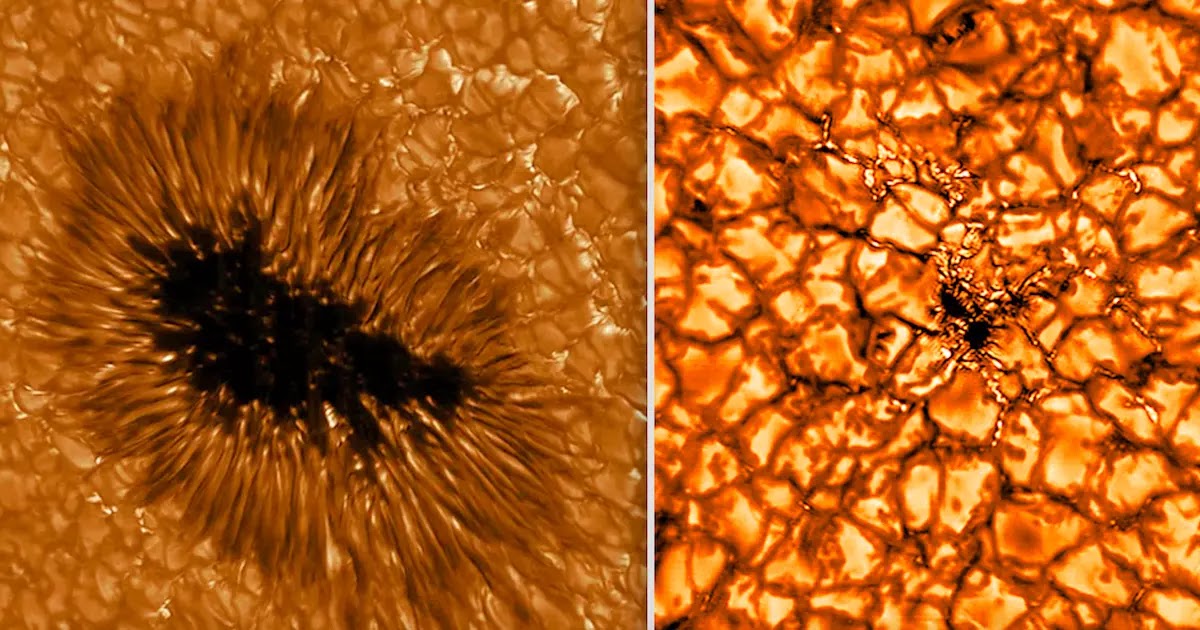The largest solar telescope in Europe, GREGOR, has resolved details from the Sun's surface that are as small as 50km (31 miles). Compared to the Sun's size as a whole, the space observed is as small as a needle in a football field in a resolution from an altitude of 1km.
The observations are published in detail in the Astronomy & Astrophysics journal.
In a statement, lead author of the study, Dr. Lucia Kleint, said:
"This was a very exciting, but also extremely challenging project. In only one year we completely redesigned the optics, mechanics, and electronics to achieve the best possible image quality."
Due to their complexity, upgrading telescopes is very time consuming in order to ensure correct solutions and optical limitations.
During lockdown, the scientific team was able to utilise the time they had stranded in the observatory by improving GREGOR. To do this, the researcher substituted two optical elements that were designed and polished to a 6-nanometre precision, which is less than 1/10,000th of the width of a human hair.
Co-author of the study, Dr. Svetlana Berdyugina, professor at the Albert-Ludwig University of Freiburg and Director of the Leibniz Institute for Solar Physics (KIS), said:
"The project was rather risky because such telescope upgrades usually take years, but the great team work and meticulous planning have led to this success. Now we have a powerful instrument to solve puzzles on the Sun."
After its re-opening in July 2020, the telescope was able to capture the highest resolution images of the Sun ever taken by a European telescope.
[Based on reporting by: IFL science]
















COMMENTS